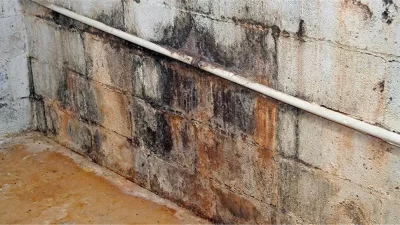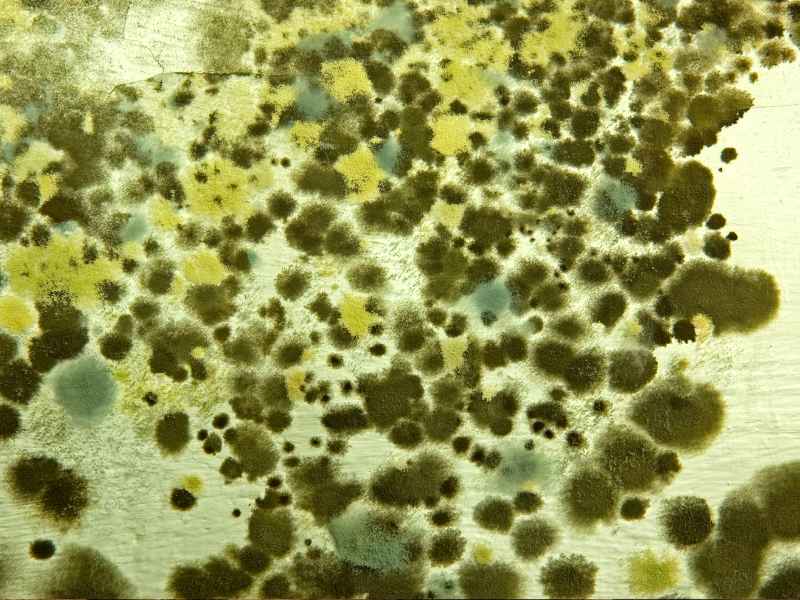Mold Growth humidity:
The effects of mold on health and indoor air quality are well known. Based on years of experience, we agree with the EPA: Eliminate the moisture, and the mold disappears. Below are recommendations to reduce moisture concentration inside the house.

Potential health effects and symptoms of mold exposure include allergic reactions, asthma, and other respiratory complaints.
Mold growth is a concerning issue that affects many households. In this blog post, we will explore the various aspects of mold growth, its impact on health and property, and effective measures to prevent and address this problem. Whether you are a homeowner, renter, or simply interested in understanding mold growth, this informative article will provide valuable insights. Discover the causes, signs, potential risks associated with mold growth and practical tips to maintain a healthy, mold-free environment. Join us as we delve into mold growth and empower ourselves with the knowledge to protect our homes and well-being.
There is no practical way to eliminate all mold and mold spores in the indoor environment; the way to control indoor mold growth is to control moisture.
If mold is a problem in your home or school, you must clean up the mold and eliminate sources of moisture.
Fix the source of the water problem or leak to prevent mold growth. Mold Prevention
Reduce indoor humidity (to 30-60%) to decrease mold growth by:
- Venting bathrooms, dryers, and other moisture-generating sources to the outside
- Using air conditioners and de-humidifiers
- Increasing ventilation
- Using exhaust fans whenever cooking, dishwashing, and cleaning
- If you go on vacation, do not turn off the air conditioner
Clean and dry any damp building materials and furnishings within 24-48 hours to prevent mold growth.
Clean mold off hard surfaces with water and detergent and dry thoroughly. Moldy absorbent materials such as ceiling tiles may need to be replaced.
Water damage or flooding is uncomfortable and expensive, so the EPA has put out guidelines for Response to clean water response if action is taken within 24 to 48 hours to prevent mold growth. The key here is water type; if it’s category 1, which is clean water; category 2, which is murky water, bacteria and fecal matter free; and category 3, which is stagnant water, which is unsafe to handle and contains bacteria and fecal such as from a sewer backup. The following recommendations to discard are based on the materials’ suitability to return to their original condition, sentimental value, and the cost to replace the item versus replacing it.
Water-Damaged Material Actions
Books and papers •For non-valuable items, discard books and papers.
•Photocopy valuable/essential items; discard originals.
•Freeze (in a frost-free freezer or meat locker) or freeze dry.
Carpet and backing dry within 24-48 hours •Remove water with a water extraction vacuum.
•Reduce ambient humidity levels with a dehumidifier.
•Accelerate the drying process with fans.
Ceiling tiles •Discard and replace.
Cellulose insulation •Discard and replace.
Concrete or cinder block surfaces •Remove water with a water extraction vacuum.
•Accelerate the drying process with dehumidifiers, fans, or heaters.
Fiberglass insulation •Discard and replace.
Prevent condensation: Add insulation to reduce the potential for condensation on cold surfaces (e.g., windows, piping, exterior walls, roof, or floors).
Do not install carpeting in areas with a perpetual moisture problem (e.g., by drinking fountains, classroom sinks, or concrete floors with leaks or frequent condensation).
Molds can be found almost anywhere and grow on virtually any substance, provided moisture is present. Some molds can grow on wood, paper, carpet, and food.
In conclusion, high humidity levels can contribute to mold growth in residential and commercial spaces. It is essential to be aware of the potential health risks associated with mold and take proactive measures to control humidity levels in our environments. Maintaining 10 Steps to Maintaining a Mold-Free House Mold growth in residential and commercial spaces is a serious concern, especially regarding potential health risks. It is crucial to control humidity levels effectively to prevent mold growth and create a healthier living or working environment. Here are ten steps to help you maintain a mold-free house: Monitor Humidity Levels: Regularly check and keep indoor humidity levels below 50% to discourage mold growth. Improve Ventilation: Properly ventilate areas prone to moisture accumulation, such as bathrooms, kitchens, and basements, to reduce humidity levels. Use Exhaust Fans: Install exhaust fans in bathrooms and kitchens to remove excess moisture from the air. Utilize Dehumidifiers: Consider using dehumidifiers in particularly humid areas to control moisture levels effectively. Fix Water Leaks Promptly: Address any water leaks or plumbing issues as soon as they occur to prevent excess moisture buildup. Maintain Proper Insulation: Insulate windows, walls, and pipes to prevent condensation and moisture buildup. Allow for Air Circulation: Arrange furniture and belongings in a way that allows for proper air circulation to avoid stagnant moisture. Clean and Dry Wet Surfaces: Immediately dry any wet surfaces, such as countertops, floors, or walls, to prevent mold growth. Regularly Clean Mold-Prone Areas: Clean and disinfect mold-prone areas like bathrooms, basements, and crawl spaces. Seek Professional Help: If you suspect a significant mold problem, consider consulting with a professional mold remediation service for thorough assessment and remediation. By following these practical steps, you can minimize the risk of mold growth and create a mold-free environment in your house. Share your experiences, tips, and concerns about mold and humidity in the comments section below. Proper ventilation, using dehumidifiers, and promptly addressing water leaks or moisture sources can minimize the risk of mold growth and create a healthier living or working environment. We encourage readers to share their experiences, tips, and concerns about mold and humidity in the comments section below.







